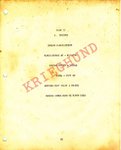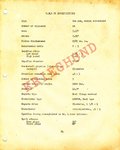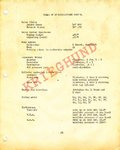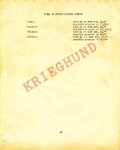Hello,
I am looking for technical specifications for this series of engine. I am particularly interested in learning what type of av-gas it was designed for. There seems to be some confusion around this as I've seen some online sources say it was designed with 100 octane fuel in mind, others claim it was designed for 87 octane. Appreciate any light that can be shed on this.
Thx
I am looking for technical specifications for this series of engine. I am particularly interested in learning what type of av-gas it was designed for. There seems to be some confusion around this as I've seen some online sources say it was designed with 100 octane fuel in mind, others claim it was designed for 87 octane. Appreciate any light that can be shed on this.
Thx




